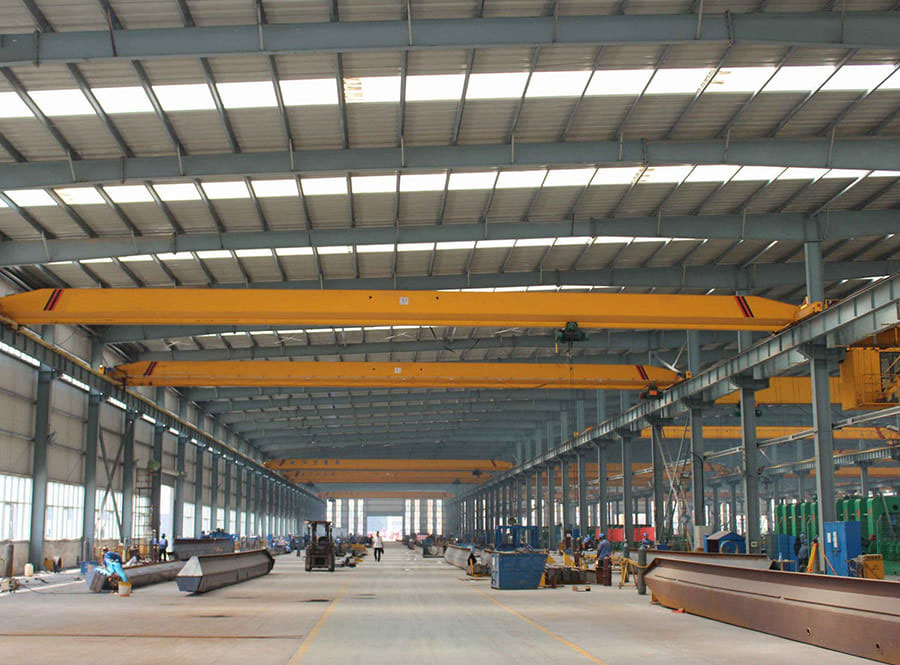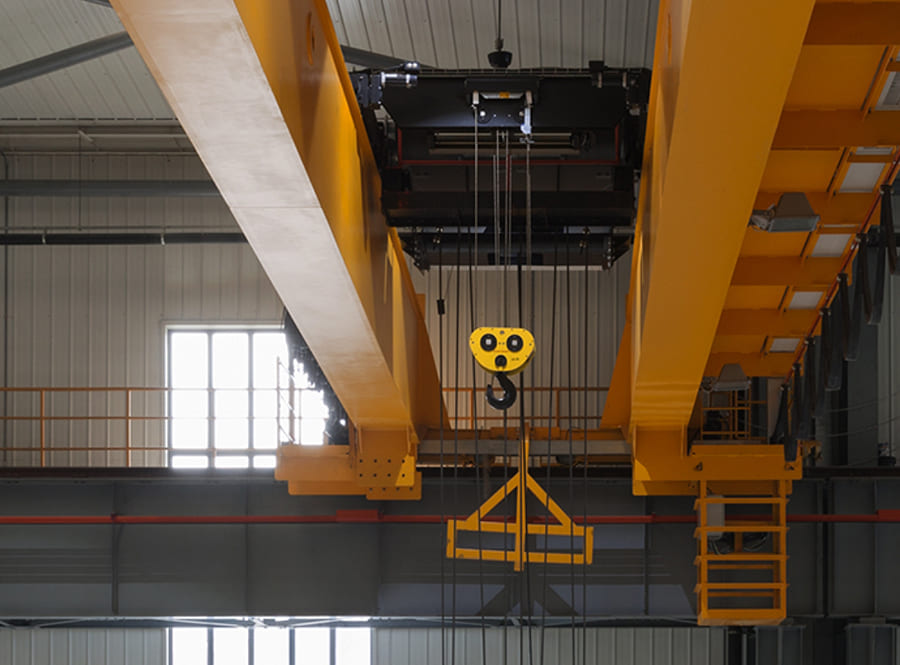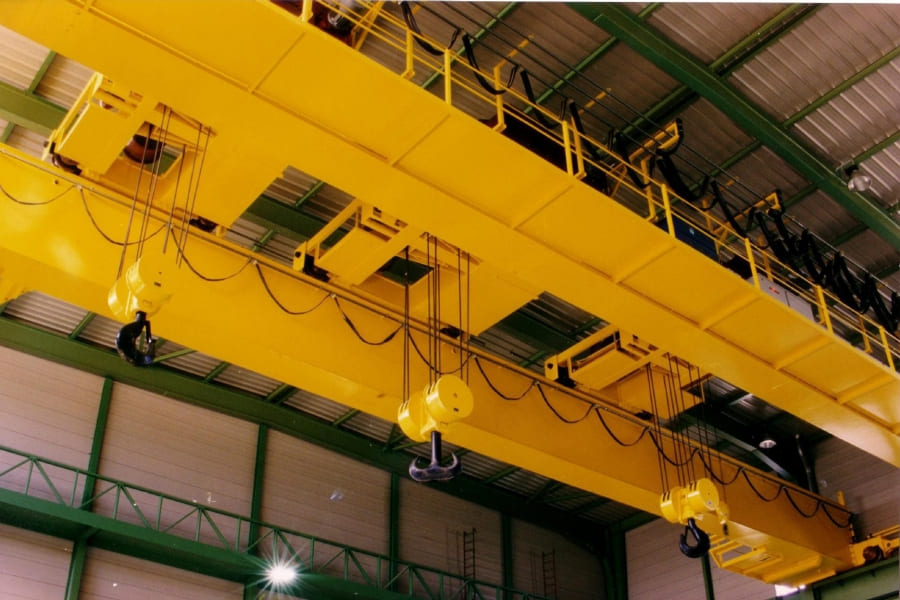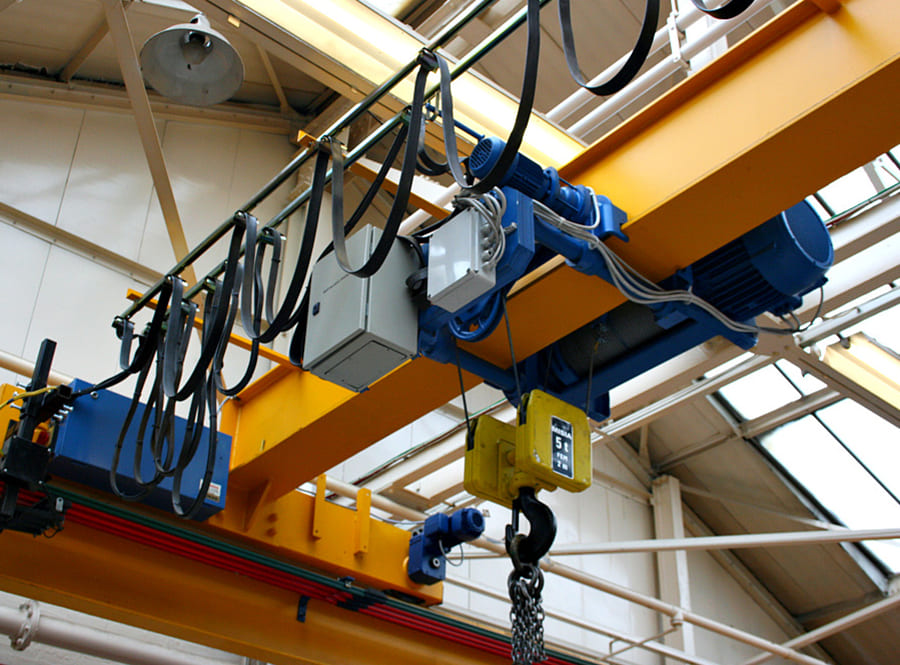Structural strength and weight: High-tonnage cranes require greater structural strength and load-bearing capacity to handle heavier loads. In comparison, a 10-ton crane may have a relatively lightweight structure, built using lighter materials.

Beam size and design: High-tonnage cranes will typically feature larger beam sizes to provide sufficient strength and stability to carry heavier loads. And the beam of a 10-ton crane may be relatively small to meet its load requirements.
Lifting mechanism: The lifting mechanism of high-tonnage cranes needs to have greater load-bearing capacity and higher control accuracy to meet the lifting needs of heavy loads. In contrast, the lifting mechanism of a 10-ton crane may be relatively simplified and adapted to lighter load requirements.
Supports and supports: High-tonnage cranes require stronger support and support structures to ensure the stability and balance of the crane. In comparison, a 10-ton crane may have a lighter support and support design.

Control system: The control system of high-tonnage cranes usually has higher accuracy and more functions to meet complex operating requirements. The control system of the 10-ton crane may be relatively simplified and adapt to simpler operating requirements.
It is important to note that specific structural differences may vary depending on the crane manufacturer, model and design requirements. In addition, whether it is a 10-ton crane or a high-tonnage crane, relevant operating procedures and safety guidelines need to be followed in terms of operation and safety.





















